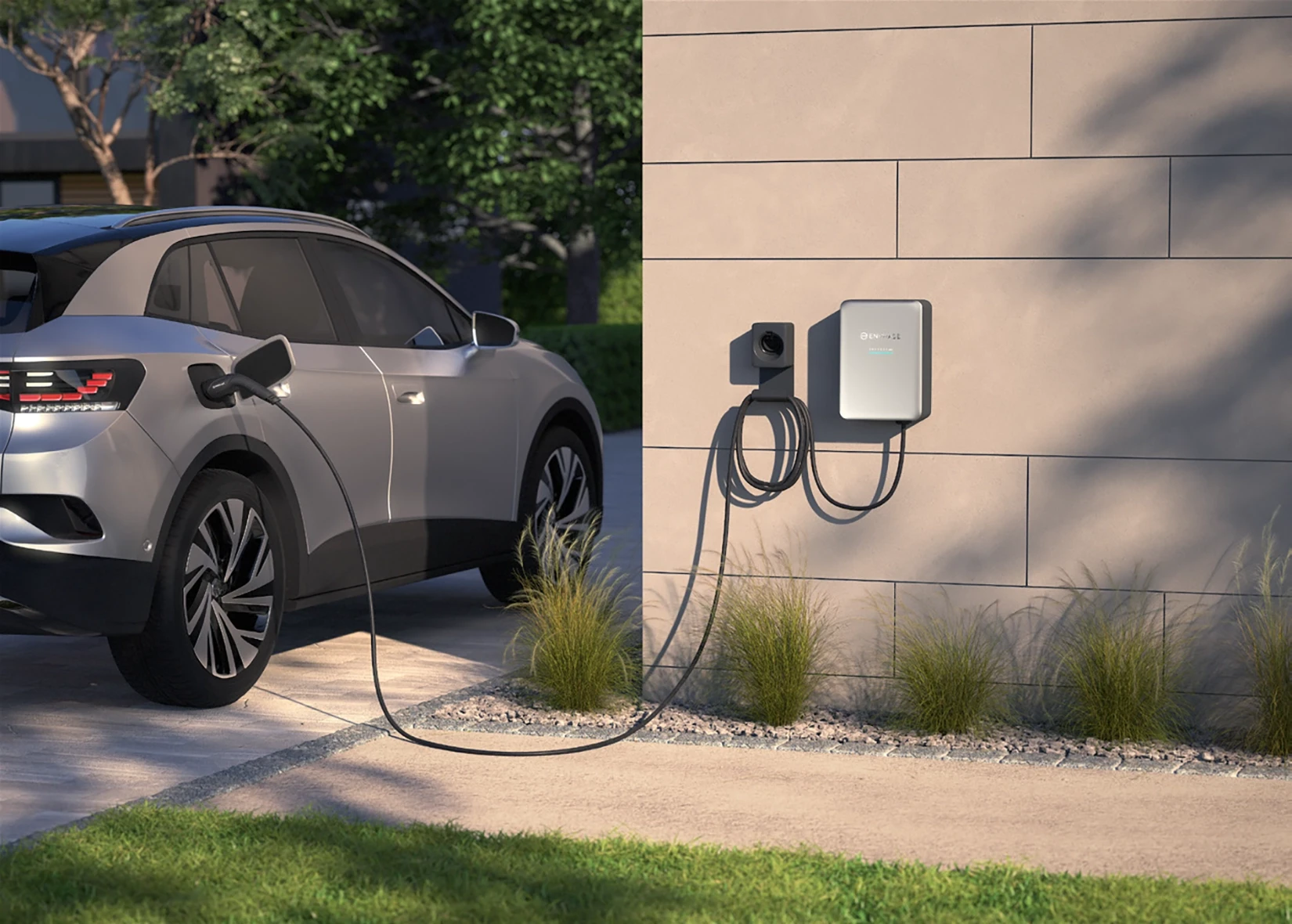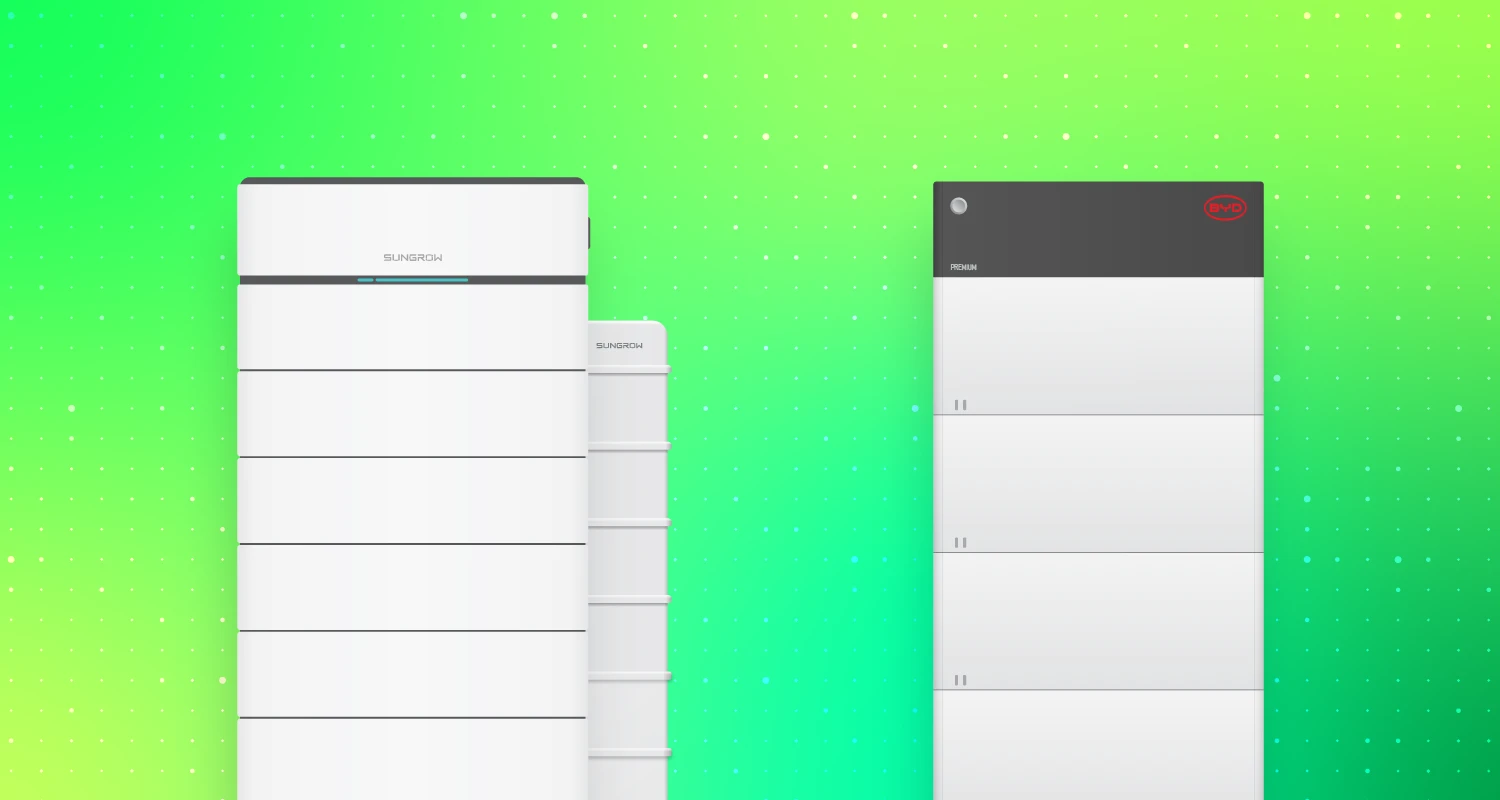The Federal Battery Rebate Incentive is Now Available
The Federal Battery Rebate Incentive is Now Available
Posted 17 Dec
New and existing solar owners can now access savings on their first battery through the Peak
Demand Reduction Scheme (PRDS)
incentive. Here we'll go through everything you need to know about the PDRS scheme, approved battery, how to be eligible, and more!
Whilst the incentive is commonly referred to as a rebate, the scheme technically isn't a rebate.
As certificates are created from each battery installed, they are then traded with an energy retailer based on their maximum demand over 3 selected days through summer. For estimated discount pricing, visit our PDRS page.
However, this hasn’t stopped everyone from referring to it as a rebate, so for readability's sake, we'll continue to refer to it as a rebate.


The ‘Peak Demand Reduction Scheme’ (PDRS) is designed to incentivise more Australians to invest in home battery storage, through up-front installation cost reductions. The options will allow you to take advantage of rooftop solar by adding battery storage, and by connecting to a Virtual Power Plant (VPP).
The program initiated November 1st 2024 with no end date, and is aimed to help stabilise the grid, further contributing to Australia’s Net Zero targets and reducing overall emissions.
There are available solar battery rebates and schemes for homes and businesses across NSW. Here are the official scheme reductions for solar battery storage from the NSW Government.
Homes and businesses with existing solar can get a value off the up-front installation cost of a battery, depending on the battery size.
The incentive can be quoted into a new solar and battery system. You can also take advantage of solar incentives to maximise your overall savings.
Get between $250-$400 for connecting your business or home to a Virtual Power Plant (VPP). This is available twice, with at least 3 years between claims.
Use this form, and we'll get in contact with you about your battery options in Newcastle & the Hunter region, NSW.
Below are the PDRS requirements. There are explanations of what each
requirement means below. According to the
‘Peak
Demand Reduction Scheme’,
signed by Penelope Sharpe, the equipment requirements for the battery incentive for NSW are:
The battery must be listed on the CEC approved battery list and be a completely accredited battery storage unit.
Battery storage must have a usable capacity range between 2-28kWh of total energy capacity.
Manufacturer must cover the battery under warranty for greater than 6 years of coverage from installation.
The battery's temperature range should be at least -10 °C to 50 °C.
2.8MWh of throughput p/kWh before April 1, 2026
3.65MWh of throughput p/kWh after April 1, 2026
After 10 years, the battery should retain at least 70% usable capacity remaining.
Good news, there aren't many requirements to be eligible for the PDRS.
You will need to have a solar system installed or get one installed with along with the battery.
Ensure your installer is partnered with an Accredited Certificate Provider (ACP) to qualify.
Below is a table of reputable battery storage units that we install. Here we outline each unit's specifications and if they are fit the current criteria for incentive eligibility. Fits Requirements, Does not fit Requirements, Unknown.
NSW BATTERY REBATE REQUIREMENTS |
(1) |
(2) |
(3) |
(4) |
(5) |
(5) |
(6) |
| (Click for Warranty PDFs) | CEC Approved List | 2-28 kWh Capacity | <6-year warranty | -10 °C to 50 °C Temp. range | <2.8MWh throughput per kWh (Pre-April 1 2026) | <3.65MWh throughput per kWh (Post-April 1 2026) |
<70% capacity after 10 yrs |
|
Tesla Powerwall 2 |
Yes |
13.5 kWh |
10 Years | –20°C to 50°C | Unlimited / 2.8 MWh per kWh | Unlimited / 2.8 MWh per kWh | 70% |
|
Tesla Powerwall 3 |
Yes | 13.5 kWh | 10 Years | –20°C to 50°C | Unlimited / 2.8 MWh per kWh | Unlimited / 2.8 MWh per kWh | 70% |
|
Sungrow SBH series |
Yes |
10-25 kWh | 10 Years |
Charge:0 ℃ to 50 ℃ Discharge:-20 ℃ to 50 ℃ |
4.2 MWh per kWh | 4.2 MWh per kWh | 70% |
|
Sungrow SBR series |
Yes |
9.6-25.6 kWh | 10 Years | Charge:0 ℃ - 50 ℃ Discharge:-20 ℃ - 50 ℃ | 4.2 MWh per kWh | 4.2 MWh per kWh | 70% |
|
BYD Battery-box HVM |
Yes | 8.3-22.1 kWh | 10 Years | -10 °C to 50°C | 3.1 MWh per kWh | 3.1 MWh per kWh | 70% |
|
BYD Battery-box HVS |
Yes | 5.1-12.8 kWh | 10 Years | -10 °C to 50°C | 3 MWh per kWh | 3 MWh per kWh | 70% |
|
GOODWE Lynx Series LX F G2 |
Yes | 6.4-28.8 kWh | 10 Years | Charge: 0 ~ 50; Discharge: -20 ~ 50 | 3.65 MWh per kWh | 3.65 MWh per kWh |
70% |
What does each PDRS requirement mean?
Approved Product List: The Clean Energy Council have an approved battery list where you can view battery and other equipment eligibility, including eligibility for the PDRS.
Useable Capacity: With the range of 2-28 kWh of useable capacity, it refers to the amount of energy a battery can actually store and distribute. This will be slightly less than the nominal total capacity. According to the NSW Government’s website, a typical 5-person household consumes about 25kWh per day.
Warranty Duration: Battery manufacturers are required to have at least 6 years of
warranty to ensure long-term protection. However, the batteries we install like Tesla Powerwall, Sungrow, and BYD batteries all come
with 10-year warranties. This confirms your unit is covered in the event of any failures.
Warranty Temperature Range: The temperature range is specified to ensure the battery will perform reliably in various climates. Some batteries have multiple temperature ranges which may make things confusing.
Warranty Throughput: Throughput's refer to how long a battery can last with a significant number of charging and discharging cycles. This is to confirm you are getting the most value for money and avoid premature failure.
70% Remaining Capacity: Over the course of 10 years, batteries will have an expected degradation, which is measured of the remaining available usable capacity. Tesla Sungrow, and BYD all have 70% remaining coverage on their warranties.
Through the Peak Demand Reduction Scheme, solar and battery owners who sign up to a Virtual Power Plant earn an incentive which can be claimed twice with at least 3 years apart.
Eligible households can earn between $120 - $190 for a 6.5kWh battery, and between $250 - $400 for a 13.5 kWh battery.
Similar to the discount on your first battery, the discount is dependent on how large your battery is. The larger the capacity, the larger the incentive.

Both the NSW Government and manufacturers have recently changed documentation and requirements for the inclusion of more battery options.
The batteries we primarily install like Tesla Powerwall, Sungrow SBH & SBR batteries, and BYD Battery-Box are all now eligible for the NSW battery rebate for 2025. The approved battery list defined by the NSW Government is still yet to be announced, but we assume that these will be included.
According to the specified requirements, Tesla Powerwall 2 and Powerwall 3 are both eligible for the NSW battery rebate. They both have sufficient warranty coverage and specifications
As of October 1st, Sungrow have updated their warranty coverage to accommodate the 70% battery retention over 10 years, making Sungrow eligible for the battery rebate with their SBR and SBH series.
With its recent warranty update of 70% usable capacity over 10 years, BYD Battery-Box is now fully-eligible for the NSW
battery rebate for 2025.
This includes both HVM and HVS Battery-Box models.
Amber allows customers to access the wholesale energy market, and buy cheap energy, and sell that and excess solar to the grid for returns.
By investing in battery storage, you not only maximise your solar energy, but you can trade on the wholesale energy market, and using Amber SmartShift, can turn your battery into an ATM.
Some members of our team have joined Amber with their solar and battery systems, and have been able to earn up to $220 in one day by selling their stored energy through peak demand spike periods.
Whether you have solar, or will invest in it, having battery storage will allow you to take full advantage of the solar energy you generate.
By having the ability to store excess solar energy for later, you become reliant on free, clean energy instead of expensive grid energy during peak periods.
A solar system can be incorporated into your battery quote so you can get both from the same installer for the ultimate experience.
If you're new to battery storage for homes and businesses, you're not alone!
Battery storage is a great way to store excess solar generated throughout the day to be consumed through peak demand periods. Battery owners can maximise their solar investment, reducing energy costs, and grid demand, whilst also contributing to grid stability and reduced emission targets.
Who is the Battery Scheme for? The rebate is for people who are looking to invest in solar batteries, to help more Australians gain access to this evolving technology.
There is a lot of potential on how this rebate can pan out, benefiting everyone from customers to local businesses. With a well-refined battery storage rebate, it allows more of the community to access energy storage, which all contributes to a stabilised electricity grid for more reliable and cheaper energy.
With discounts on battery storage, it emulates what happened with the solar rebate, where Australia became a powerhouse, and now leads globally in rooftop solar. NSW saw a rapid uptake of solar systems, in which we saw the investment pay off successfully in not just individual returns, but Australia's renewable energy transition with over 11% of Australia's electricity coming from rooftop solar in Q4 2023.

Overall, this is a fantastic opportunity for those who are looking into investing in their energy with rebates on both solar systems, and battery storage. Having this kind of system will allow you to become more energy independent and self-sufficient by relying on the energy you generate.
Feel free to sign up to stay up-to-date in the battery rebate, or book now, and we can get you started with free quoting to help you find the optimal solution for you and your property.
Elite Power Group are leaders in providing PDRS discounts on solar battery storage throughout Newcastle and Hunter region. Get price reductions of your first battery today and save!
Sources
https://www.energy.gov.au/solar/financial-benefits-solar/government-rebates-and-loans-solar

Explore upcoming & available bidirectional V2G-capable chargers in Australia from V2Grid, RedEarth, Sigenergy, Enphase, Tesla, and Fronius EV charging.

Compare the difference between Sungrow's SBH and SBR battery storage vs. BYD Battery-Box and find what battery is better for homes or businesses in NSW.
Leave a Comment
Could find so many articles on how i am eligible for k 2.4 rebate on battery a month ago , now cant find shit when i need it ffs